Role of IoT in Sustainability
As the global population continues to grow and industrialization expands, the need for sustainable practices has never been more urgent. The Internet of Things (IoT) has emerged as a powerful tool to address environmental challenges, offering innovative solutions that can transform industries and reduce ecological footprints. By connecting devices and systems, IoT enables real-time monitoring, data collection, and automation, paving the way for smarter, more sustainable practices across various sectors.
This article explores the role of IoT in promoting sustainability, examining how it is applied in areas such as energy management, agriculture, waste reduction, water conservation, and transportation. Through these examples, we will demonstrate how IoT can lead to more efficient resource use, lower emissions, and a more sustainable future.
IoT in Energy Management
Energy management is one of the most significant areas where IoT can contribute to sustainability. Traditional energy systems often suffer from inefficiencies, such as energy loss during transmission or unnecessary consumption during peak hours. IoT can address these challenges by optimizing energy usage and integrating renewable energy sources.
Smart Grids
A smart grid is an electricity network that uses IoT technology to monitor and manage energy flow more efficiently. By integrating sensors, smart meters, and communication devices, smart grids can collect real-time data on energy consumption and supply. This data allows utility companies to balance demand and supply more effectively, reducing energy waste and ensuring that renewable energy sources, such as solar and wind, are used optimally.
Smart grids also enable consumers to participate in demand response programs, where they can reduce their energy usage during peak hours in exchange for financial incentives. This not only helps to stabilize the grid but also encourages energy conservation among consumers.
Smart Buildings
IoT technology can significantly improve the energy efficiency of buildings, which are responsible for a large portion of global energy consumption. Smart buildings use sensors and automation systems to monitor and control lighting, heating, ventilation, and air conditioning (HVAC) systems based on occupancy and environmental conditions.
For example, IoT-enabled thermostats can learn the preferences of occupants and adjust the temperature accordingly, reducing unnecessary heating or cooling. Similarly, smart lighting systems can turn off lights in unoccupied rooms, cutting down on energy waste. These technologies can lead to substantial energy savings, lower utility bills, and a reduced carbon footprint.
IoT in Agriculture
Agriculture is another critical area where IoT can play a crucial role in promoting sustainability. With the global population expected to reach 9.7 billion by 2050, the demand for food will continue to rise. However, traditional farming practices often lead to resource depletion, soil degradation, and environmental pollution. IoT can help address these issues by enabling precision agriculture and optimizing resource use.
Precision Agriculture
Precision agriculture involves using IoT devices, such as sensors, drones, and GPS technology, to monitor and manage crops more effectively. These technologies can collect data on soil moisture, temperature, humidity, and nutrient levels, allowing farmers to make informed decisions about irrigation, fertilization, and pest control.
For example, soil moisture sensors can provide real-time data on water levels, enabling farmers to irrigate only when necessary, reducing water waste. Similarly, drones equipped with multispectral cameras can assess crop health and detect early signs of disease or pest infestation, allowing for targeted interventions that minimize the use of chemicals.
Precision agriculture not only improves crop yields but also reduces the environmental impact of farming by conserving resources and minimizing the use of harmful inputs.
Livestock Management
IoT can also enhance livestock management by monitoring the health and well-being of animals in real-time. Wearable devices, such as GPS collars and biometric sensors, can track the location, movement, and vital signs of livestock, helping farmers identify sick or injured animals early on. This enables timely intervention, reducing the need for antibiotics and other treatments that can contribute to environmental pollution.
Additionally, IoT can optimize feeding practices by monitoring the nutritional intake of animals and adjusting their diets accordingly. This not only improves animal health but also reduces waste and minimizes the environmental impact of livestock farming.
Cybersecurity Concerns with IoT: Protecting the Connected World
IoT in Waste Reduction
Waste management is a significant challenge in modern society, with landfills overflowing and oceans polluted with plastic waste. IoT offers innovative solutions for reducing waste at the source, improving recycling rates, and managing waste more efficiently.
Smart Waste Management
Smart waste management systems use IoT technology to monitor waste levels in real-time and optimize collection routes. For example, sensors placed in waste bins can detect when they are full and send alerts to waste management companies. This allows for more efficient scheduling of waste collection, reducing fuel consumption and emissions from waste collection vehicles.
In addition, IoT can improve recycling rates by providing real-time data on the types and quantities of waste being generated. This information can help municipalities and waste management companies develop targeted recycling programs and educate the public on proper waste disposal practices.
Reducing Food Waste
Food waste is a major global issue, with approximately one-third of all food produced being lost or wasted. IoT can help reduce food waste by monitoring food storage conditions and predicting spoilage. For example, smart refrigerators can track the expiration dates of food items and send alerts to consumers when items are about to go bad. Similarly, IoT-enabled supply chain management systems can monitor the temperature and humidity of food shipments, ensuring that food is stored and transported under optimal conditions to prevent spoilage.
By reducing food waste, IoT can help conserve resources, reduce greenhouse gas emissions, and alleviate food insecurity.
IoT in Water Conservation
Water is a precious resource that is becoming increasingly scarce in many parts of the world. IoT technology can play a vital role in conserving water by monitoring usage, detecting leaks, and optimizing irrigation practices.
Smart Irrigation
As mentioned earlier, precision agriculture can significantly improve water use efficiency in farming. Smart irrigation systems use IoT technology to monitor soil moisture levels and weather conditions, adjusting irrigation schedules accordingly. This ensures that crops receive the right amount of water at the right time, reducing water waste and preventing over-irrigation, which can lead to soil degradation.
Smart irrigation systems can also be used in landscaping and urban green spaces, helping to conserve water in cities and reducing the demand for freshwater resources.
Leak Detection
Water leaks are a common problem in both residential and commercial buildings, leading to significant water waste. IoT-enabled leak detection systems use sensors to monitor water flow and pressure in real-time, identifying leaks early on and alerting property owners or maintenance personnel. This allows for timely repairs, reducing water waste and preventing damage to buildings.
In addition, IoT can be used to monitor water distribution networks, detecting leaks and inefficiencies in the system. This can help municipalities and water utilities reduce water losses and ensure that water resources are used more sustainably.
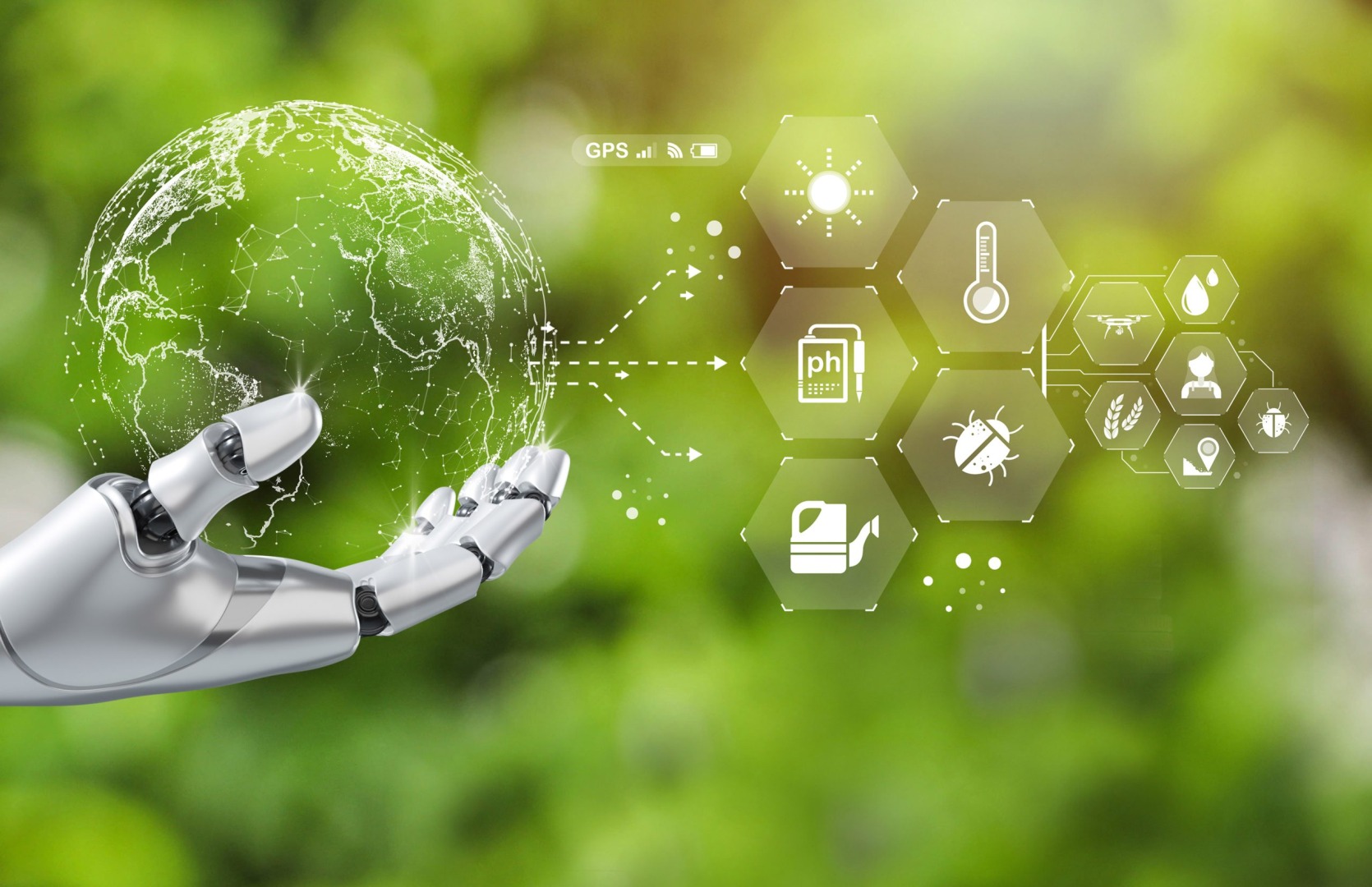
IoT in Transportation
Transportation is a major contributor to greenhouse gas emissions and air pollution. IoT technology can help make transportation systems more sustainable by optimizing routes, reducing fuel consumption, and promoting the use of electric vehicles (EVs).
Smart Traffic Management
Smart traffic management systems use IoT technology to monitor traffic conditions in real-time and optimize traffic flow. For example, sensors and cameras placed at intersections can collect data on traffic volume and congestion, allowing traffic lights to be adjusted dynamically to reduce waiting times and prevent bottlenecks. This not only improves traffic flow but also reduces fuel consumption and emissions from idling vehicles.
In addition, IoT can be used to monitor public transportation systems, providing real-time data on bus and train schedules, occupancy levels, and delays. This information can help transit authorities optimize routes and schedules, encouraging more people to use public transportation and reducing the number of private vehicles on the road.
Electric Vehicles and Charging Infrastructure
The adoption of electric vehicles (EVs) is a key strategy for reducing emissions from transportation. IoT can support the widespread use of EVs by enabling smart charging infrastructure. For example, IoT-enabled charging stations can monitor the availability of charging points and provide real-time data to EV drivers, helping them find the nearest available station.
In addition, smart charging systems can balance the demand for electricity by scheduling charging during off-peak hours, reducing the strain on the grid and ensuring that renewable energy sources are used more effectively.
IoT can also be used to monitor the performance and efficiency of EV batteries, ensuring that they are charged and maintained optimally. This can extend the lifespan of batteries and reduce the environmental impact of EVs.
The Internet of Things (IoT) in Smart Homes: Revolutionizing Modern Living
IoT and Smart Cities
The concept of smart cities is becoming increasingly popular as urbanization continues to grow. Smart cities leverage IoT technology to create more sustainable and efficient urban environments, addressing challenges such as energy consumption, waste management, transportation, and public safety.
Sustainable Urban Planning
IoT can play a crucial role in sustainable urban planning by providing real-time data on various aspects of city life, such as traffic patterns, air quality, and energy usage. This data can help city planners make informed decisions about infrastructure development, public transportation, and green spaces, ensuring that cities are designed with sustainability in mind.
For example, IoT sensors can monitor air quality in different parts of the city, allowing authorities to identify pollution hotspots and take action to reduce emissions. Similarly, IoT-enabled energy management systems can optimize the use of renewable energy sources in city buildings and public spaces, reducing the city’s overall carbon footprint.
Enhancing Public Safety
IoT technology can also enhance public safety in smart cities by providing real-time data on crime, accidents, and emergencies. For example, IoT-enabled surveillance cameras and sensors can monitor public spaces and detect suspicious activity, alerting authorities to potential threats. In addition, IoT can be used to monitor critical infrastructure, such as bridges, tunnels, and pipelines, ensuring that they are maintained and operated safely.
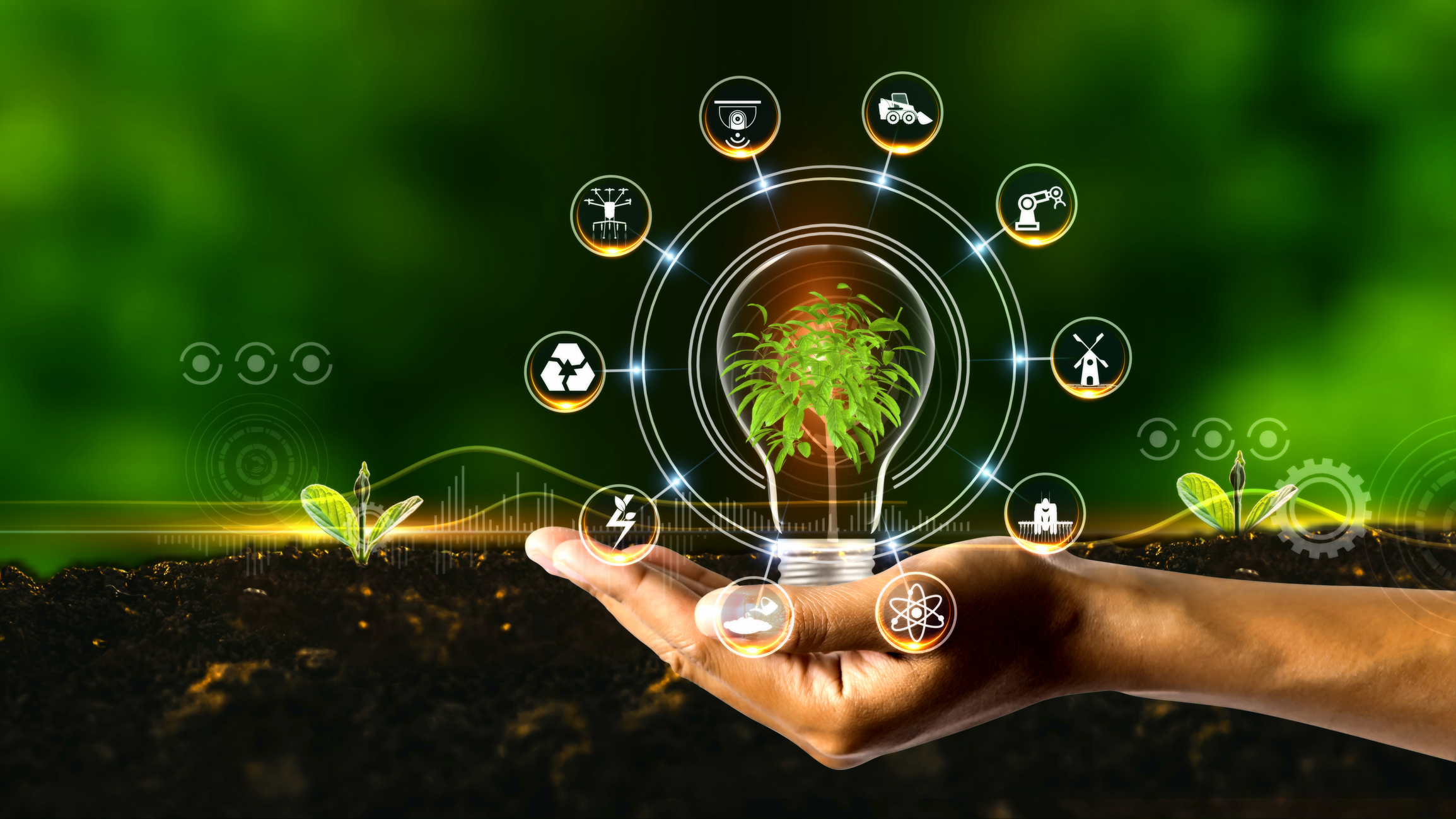
By improving public safety, IoT can contribute to a more sustainable and resilient urban environment, where people can live and work in harmony with the natural world.
Challenges and Considerations
While IoT has the potential to drive significant progress toward sustainability, several challenges and considerations must be addressed to ensure its effective implementation.
Data Privacy and Security
The widespread adoption of IoT technology raises concerns about data privacy and security. As more devices become connected, the risk of cyberattacks and data breaches increases. It is essential to implement robust security measures to protect sensitive data and ensure that IoT devices are not vulnerable to hacking.
In addition, clear regulations and standards must be established to govern the collection, storage, and use of data generated by IoT devices. This will help protect individual privacy and build public trust in IoT technology.
Interoperability
Another challenge is the interoperability of IoT devices and systems. With a wide range of IoT devices on the market, it is essential to ensure that they can communicate and work together seamlessly. This requires the development of common standards and protocols that enable different devices and systems to interact and share data effectively.
Cost and Accessibility
The cost of implementing IoT technology can be a barrier for some organizations, particularly in developing countries. While IoT offers significant long-term benefits, the initial investment in devices, infrastructure, and training can be high. It is important to develop cost-effective solutions and provide support to ensure that the benefits of IoT are accessible to all.
IoT in Healthcare: Revolutionizing Patient Care and Medical Systems
The role of IoT in sustainability is undeniable, offering transformative solutions that can help address some of the most pressing environmental challenges of our time. By optimizing energy use, improving resource management in agriculture, reducing waste, conserving water, and making transportation more efficient, IoT can pave the way for a more sustainable future.
However, the successful implementation of IoT for sustainability requires careful consideration of data privacy, security, interoperability, and cost. By addressing these challenges and fostering collaboration between governments, businesses, and communities, we can harness the full potential of IoT to create a more sustainable and resilient world for future generations.
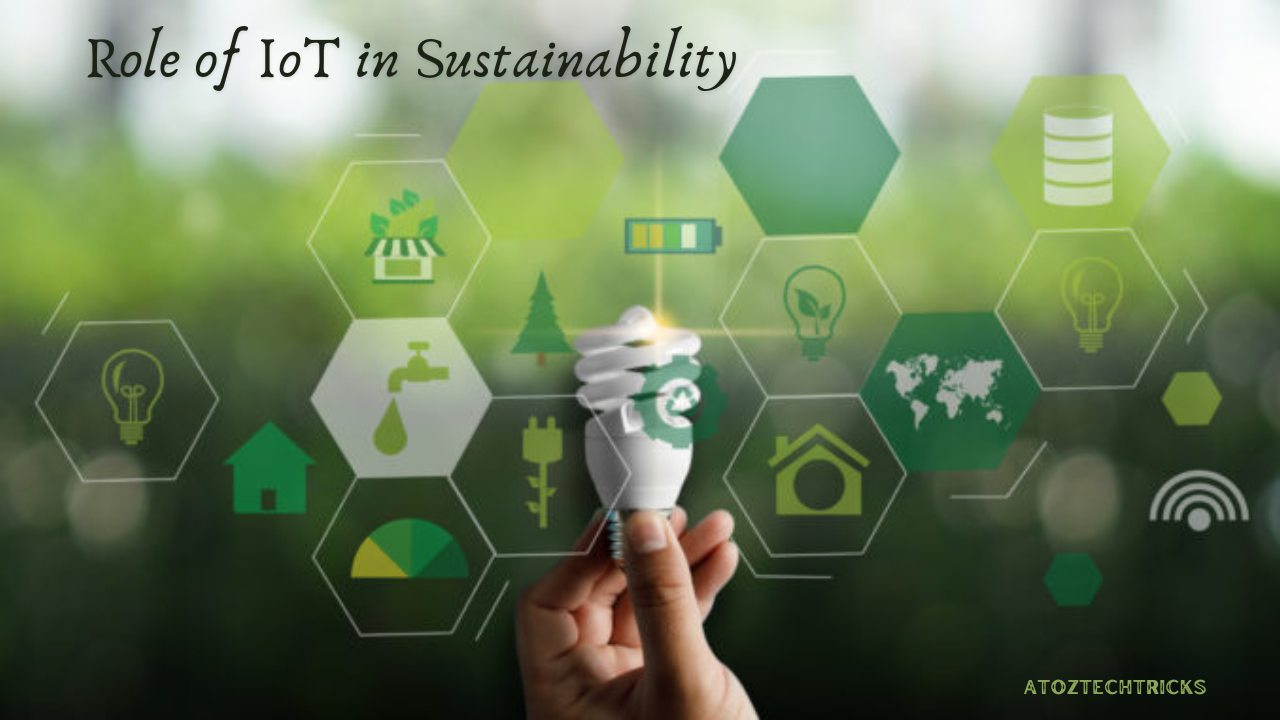
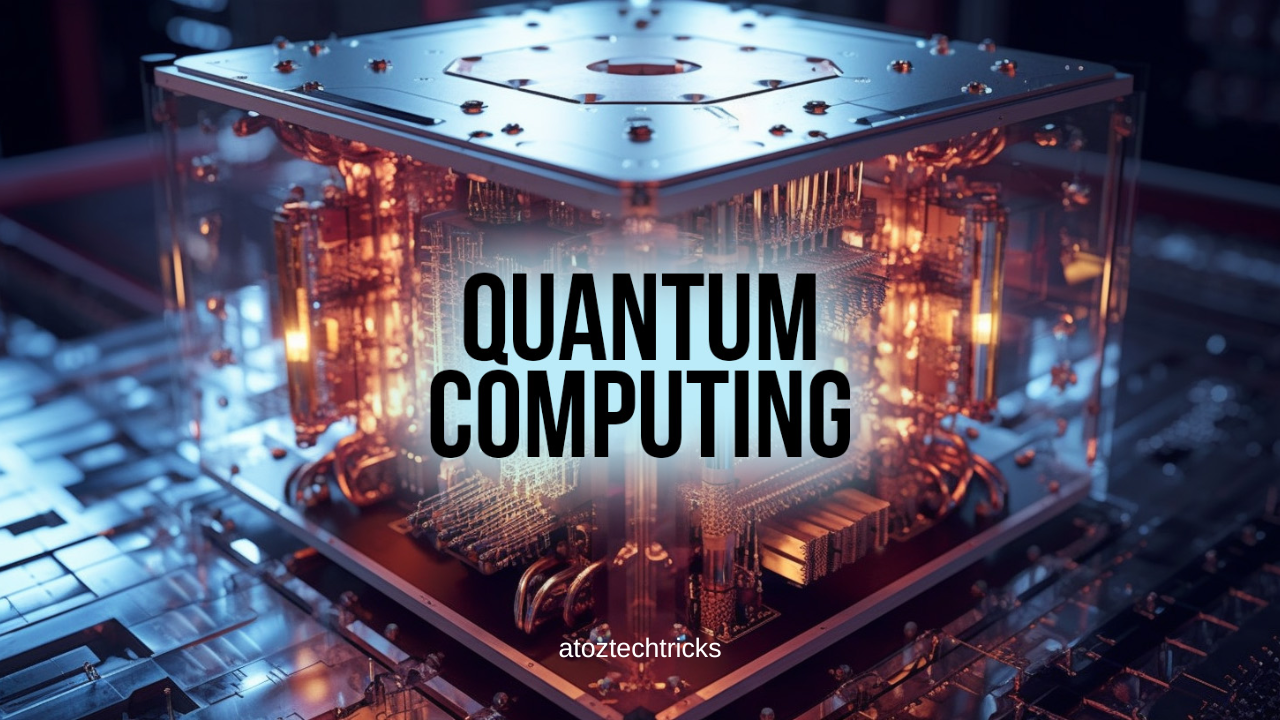
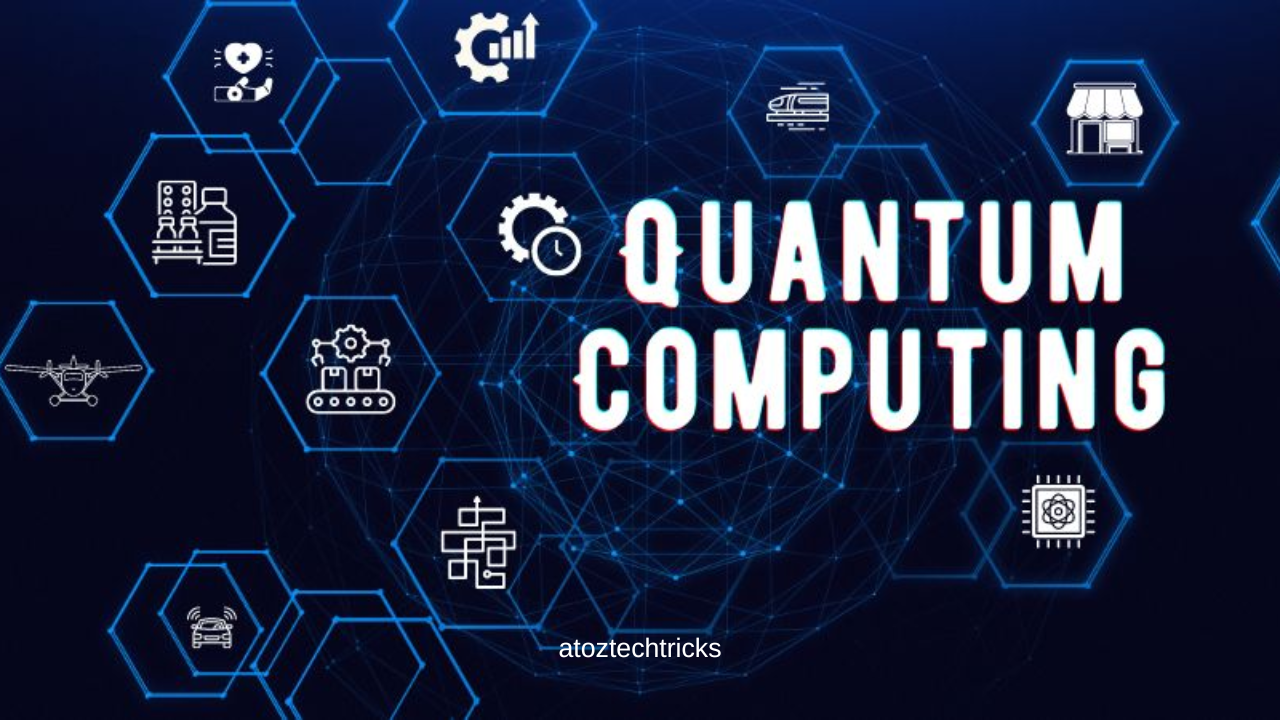
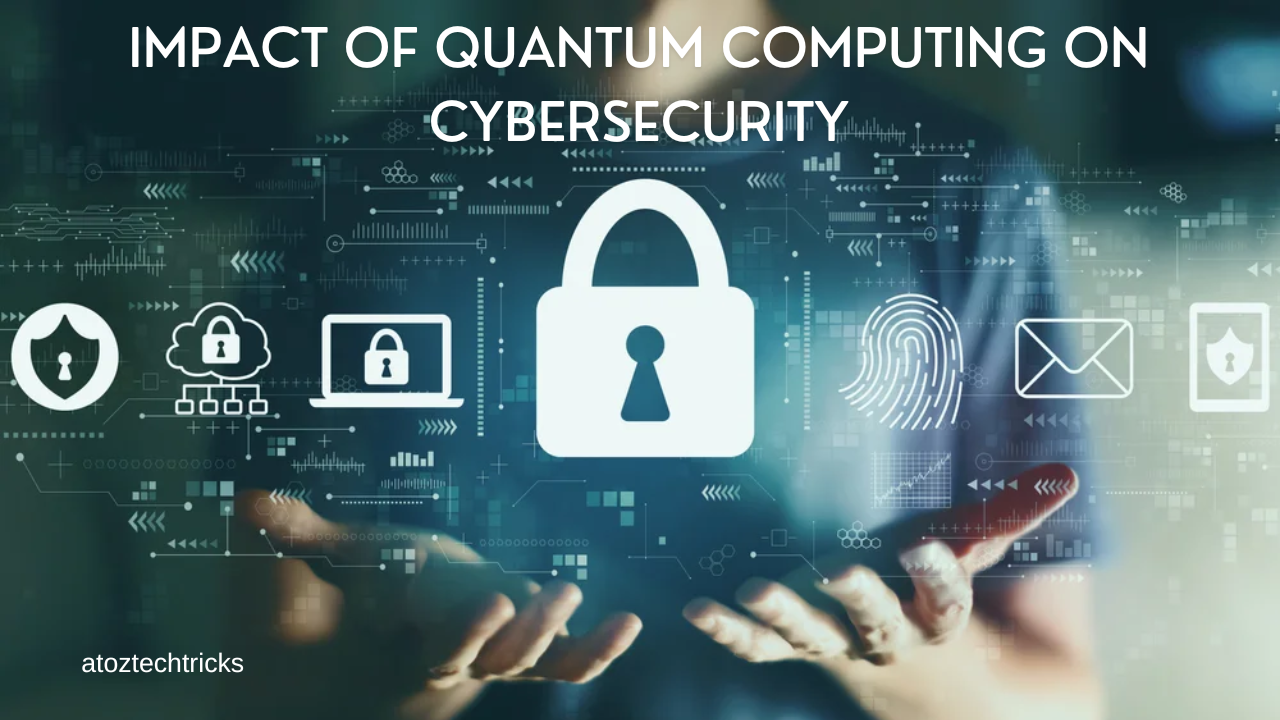
Post Comment